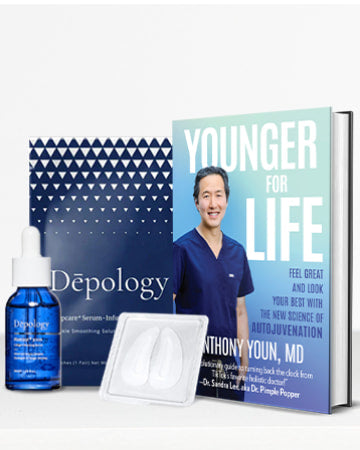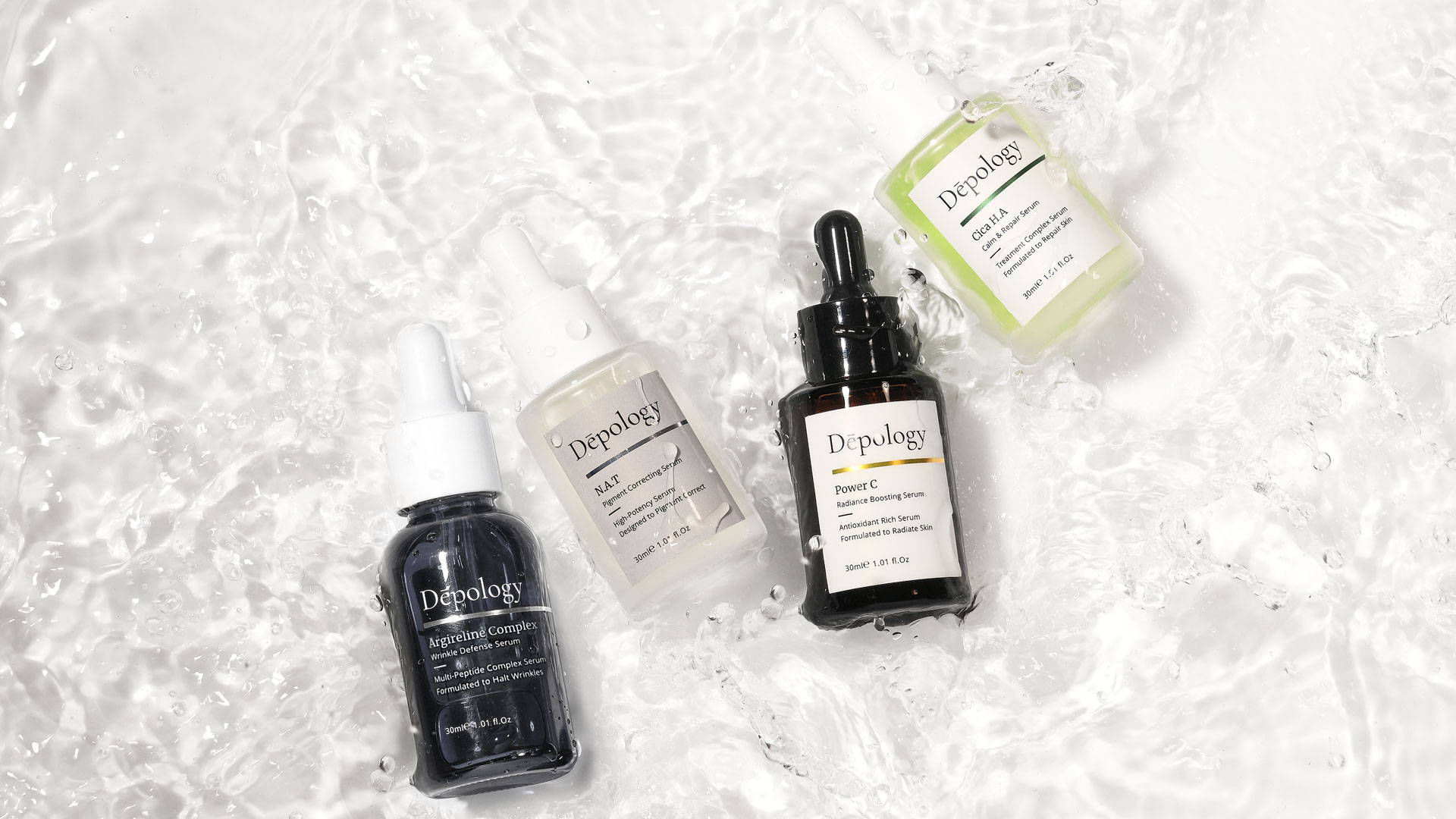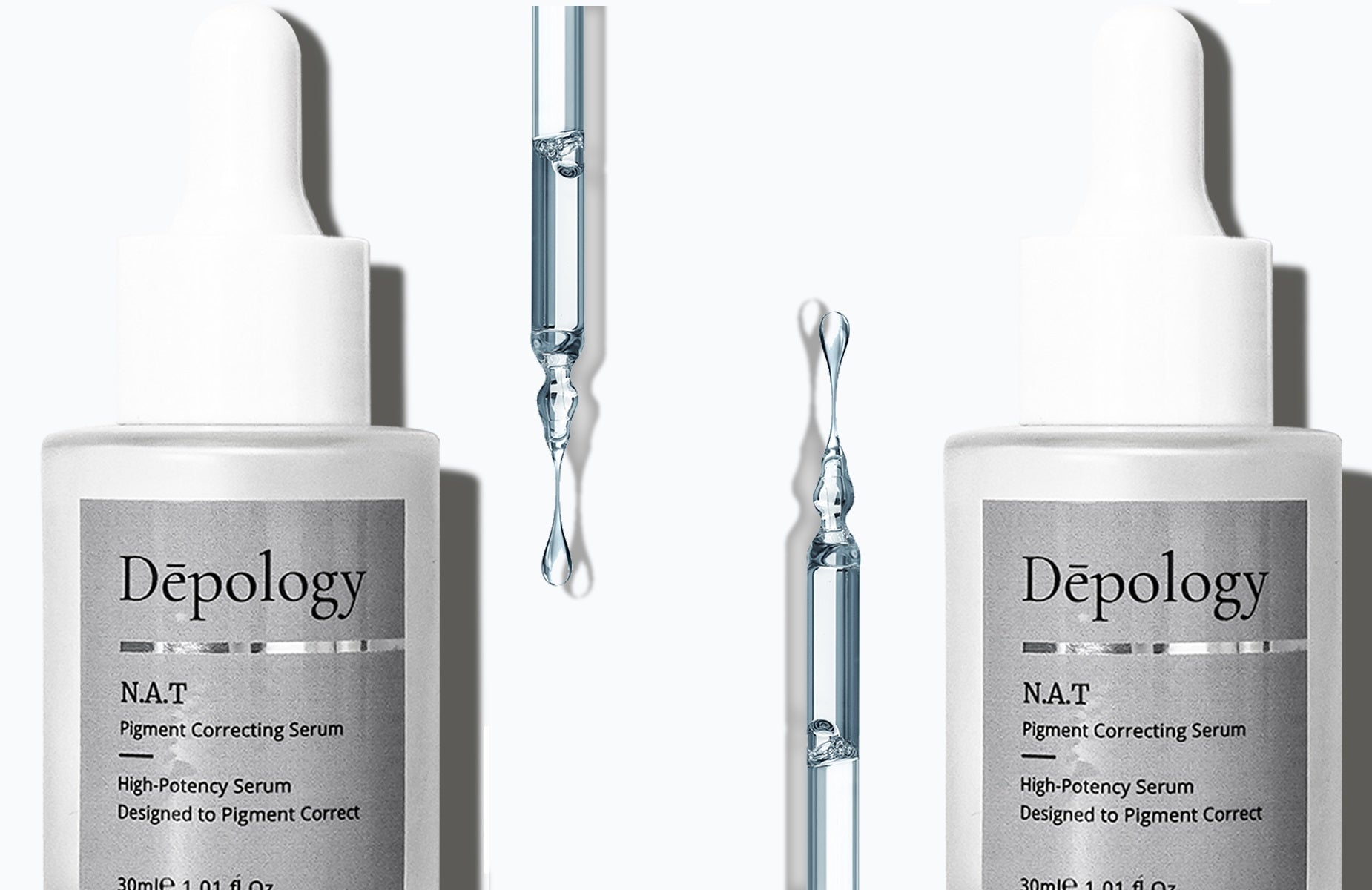
Skin Problems During Menopause: Causes & Treatments
Menopause is an inevitable part of life, and while it brings new challenges, it doesn't have to be all negative. Menopause is a time when our hormone levels change, and this can cause changes in our skin. We are going to take a look at the causes and treatments of skin problems during menopause. From moisturizers to supplements and lifestyle changes, we will cover the solutions for tackling menopausal skin problems head-on.
Why Does Our Skin Change During Menopause?
There are several reasons why our skin changes during menopause. Most of the causes are entirely natural.
Hormonal Changes
During menopause, our bodies begin to produce less estrogen and progesterone. Estrogen helps to keep our skin healthy and hydrated. Without enough estrogen, our skin produces less sebum (oil), so it has less moisture and can become dry, itchy, and thin. An imbalance of the estrogen and androgen hormones also can cause skin problems like acne. The changes in hormone levels can also cause hot flashes, night sweats, and sleep problems, which can lead to skin problems.
Natural Aging Process
The natural aging process occurs no matter your gender, but it is sped up during menopause. Our skin cells age and become less effective over time. Every year, our cells produce less and less collagen and elastin, which are necessary for firm, bouncy skin. The skin experiences a 30% loss in collagen within the first five years of menopause and then about 2% every year after. This can lead to wrinkles, sagging, age spots, and other signs of aging. The skin also becomes more fragile and sensitive, and it can take longer to heal.
Environment & Lifestyle
With more sensitive skin, we need to take extra precautions since it is more vulnerable to environmental factors like the sun's harmful UV rays. Smoking also further hinders our ability to produce collagen and elastin, allowing more wrinkles to form. Dehydration and not getting enough sleep are also detrimental to the skin.
Difference Between Perimenopausal, Menopausal, & Postmenopausal Skin
Your skin may experience different changes depending on where you are in your menopause journey. The 0-4 period leading up to menopause is called perimenopause ("around menopause"), menopause is when your menstrual cycle officially ends, and the period after menopause is called postmenopause.
People in perimenopause usually begin to experience dry skin and an increase in acne due to changes in hormone levels. During menopause, the skin may become even more dehydrated and may experience other changes like hyperpigmentation, wrinkles, and increased sensitivity. Finally, in postmenopause, the signs of aging, such as wrinkles and sagging skin, may become more apparent. Knowing the difference between these stages can help you to identify and better treat any skin problems you may be experiencing.
Common Skin Issues During Menopause & How To Treat Them
Many of the common skin concerns that occur before, during, and after menopause can be alleviated with simple lifestyle and skincare changes.
Dehydrated Skin
There are several treatments available to help manage dryness. To combat dehydrated skin, it's important to regularly use a moisturizer that is suited to your skin type and a gentle cleanser that won't strip your skin of more oils. Also, drinking plenty of water and avoiding extra hot showers and baths can help.
Skincare ingredients can also be a game-changer when it comes to hydrating dry skin. Hyaluronic acid is naturally found in the body and retains water exceptionally well. It can bind up to 1000 times its own weight in water, so it keeps the skin ultra-hydrated.
Our Pick:
Glycerin is another moisturizing ingredient. It is the most effective type of humectant, which means it pulls water into the outer layer of the skin and locks it in.
Our Pick:
Wrinkles & Fine Lines
Wrinkles are also more prominent when the skin is dehydrated, so use the tips above to reduce their appearance. To target wrinkles specifically, there are skincare ingredients that boost the production of collagen to help restore and smooth the skin. Vitamin C and retinol are two powerful ingredients that can achieve this. Make sure you always wear sunscreen with at least SPF 30 to prevent further wrinkle-causing sun damage.
Our Pick:
Hyperpigmentation & Age Spots
Hyperpigmentation is a condition where the skin appears darker in certain areas due to an increase in melanin production. Exposure to the sun's UV rays is one of the main causes. Fortunately, there are treatments available to help reduce hyperpigmentation and age spots, such as daily sunscreen application, brightening serums, laser treatments, and chemical peels.
You can use a brightening serum with Vitamin C or niacinamide to help improve skin tone. Niacinamide (Vitamin B3) is a fantastic skincare ingredient that boosts cellular metabolism, protects against free radicals, and evens skin tone.
Our Pick:
Acne
There are several treatments available to help manage acne. You can use a salicylic acid or benzoyl peroxide facial wash and/or topical cream to help control oil production. You can also use an acne spot treatment to help reduce the appearance of blemishes. Hormonal therapy is another option in more severe cases. It's important to talk to your doctor to determine the best course of action for your situation.
The Final Verdict
Menopause can be a beautiful yet challenging time. Understanding the causes and treatments available makes it possible to maintain healthy-looking skin even during this time of life. Remember, everyone's skin is unique, and the best course of action may vary from person to person, so speaking with a skincare professional is advised. Let's get started on this journey of reclaiming your skin health!













